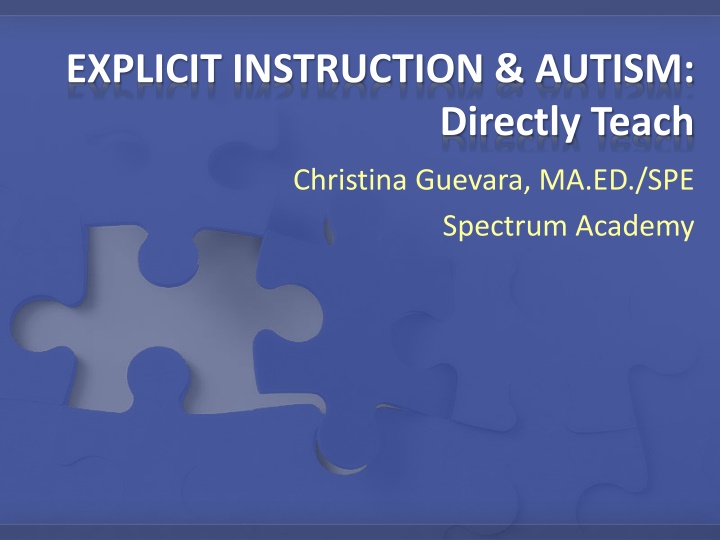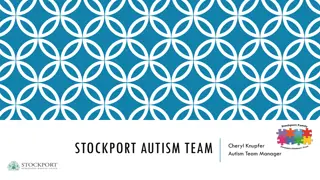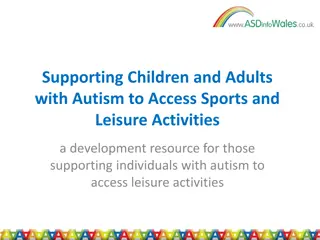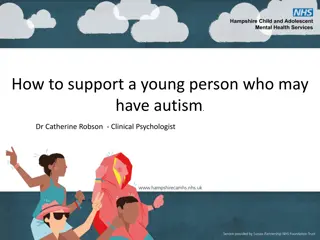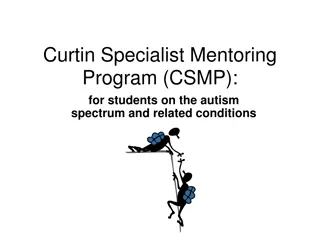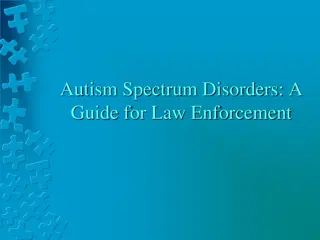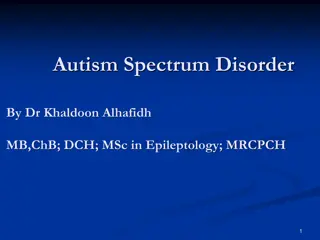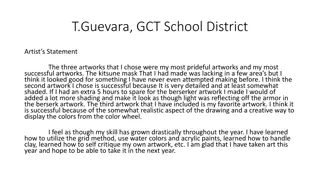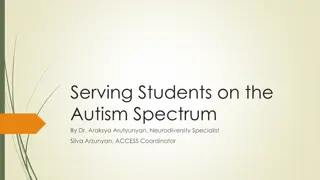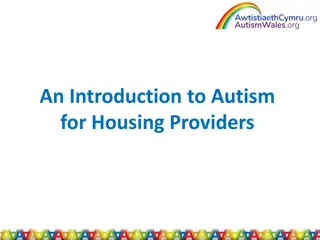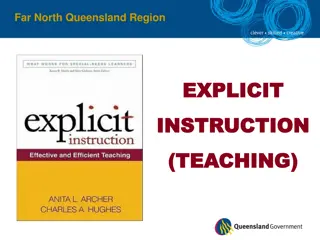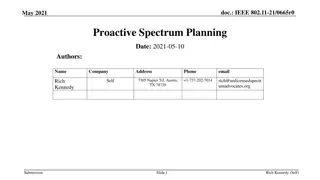Explicit Instruction & Autism by Christina Guevara, MA ED./SPE Spectrum Academy
Step by Step Explicit Instruction Theory into Practice with behavior-based methods like the Incredible 5-Point Scale. This systematic method focuses on modeling, prompted practice, and unprompted practice to teach skills effectively. Different behavior-based techniques such as Task Analysis, Chaining, Prompting, and Fading are explained. Shaping existing behaviors, Token Economy, and Generalization are essential for functional application. The Incredible 5-Point Scale is a visual teaching tool to identify behaviors and emotions.
Download Presentation

Please find below an Image/Link to download the presentation.
The content on the website is provided AS IS for your information and personal use only. It may not be sold, licensed, or shared on other websites without obtaining consent from the author.If you encounter any issues during the download, it is possible that the publisher has removed the file from their server.
You are allowed to download the files provided on this website for personal or commercial use, subject to the condition that they are used lawfully. All files are the property of their respective owners.
The content on the website is provided AS IS for your information and personal use only. It may not be sold, licensed, or shared on other websites without obtaining consent from the author.
E N D
Presentation Transcript
EXPLICIT INSTRUCTION & AUTISM: Directly Teach Christina Guevara, MA.ED./SPE Spectrum Academy
Step by Step Explicit Instruction Theory into Practice Behavior-Based Methods Incredible 5 Point Scale Social Stories Any Questions?
Explicit Instruction Systematic method to specifically teach skills 3 essential components: 1. Modeling teacher explicitly demonstrates strategies and concepts (I Do) 2. Prompted Practice scaffolded instruction to ensure student understanding (We Do) 3. Unprompted Practice independent skill application (You Do) Dynamic process
Theory into Practice Functional Application use Explicit Instruction to Specifically and Directly Teach the Seemingly Obvious Ambiguous concepts made concrete Smaller tasks mastered and later combined into a fluid skill Repetition and rotation is the key Behavior-based methods have been proven effective
Behavior-Based Methods - 1 Task Analysis the breakdown of a task into its smaller components (PB&J) Chaining the instruction of smaller components to mastery (tying shoes) Prompting and Fading providing support for successful task completion with independence as the ultimate goal (ABC Behavior Chain)
ABC Behavior Chain Prompt B A C M&M Stickers Child Sits Sit Down
Behavior-Based Methods - 2 Shaping gradually modifying an existing behavior to the desired behavior (gaining a peer s attention) Token Economy and Thinning systematic positive reinforcement for desired behavior with independence as the ultimate goal (penny behavior) Generalization expansion of desired behaviors to novel settings, individuals, and situations (Look and Decide)
Incredible 5-Point Scale Visual scale helps to identify behaviors, emotions, etc. Functional to use, easy to generalize Teaching tool can be used before, during, or after a situation Variety of ages, developmental level 5 4 3 2 1
19-Year-Old, Behavior on the Job: How do I feel? Looks/Sounds Like Feels Like How Can I Respond? Screaming, unkind comments, taking from others I m going to hit if this is not fixed and done right? Ask to take a break and remove myself from the situation 5 4 3 2 1 Pacing, wringing hands Angry Ask to talk to the shift manager Grinding teeth, clenching jaw Anxious Talk to customer, ask to go to back of shop, clean or restock Whispering to self Nervous Take a deep breath, count to 5, it s OK to make mistakes! Normal Good! Stay in a good mood!
Social Stories Story written and tailored to an individual and specific situation or task Can address difficult behaviors without focusing the spotlight Can incorporate other behavior-based methods
Social Story Example: The Good Emma The Good Emma chooses to . . . Follow directions Use kind words Have safe hands Ask questions using an indoor voice Share with her friends Show GREEN behaviors
Any Questions? Christina Guevara 801-936-0318 cguevara@spectrumcharter.og Spectrum Academy www.spectrumcharter.org
